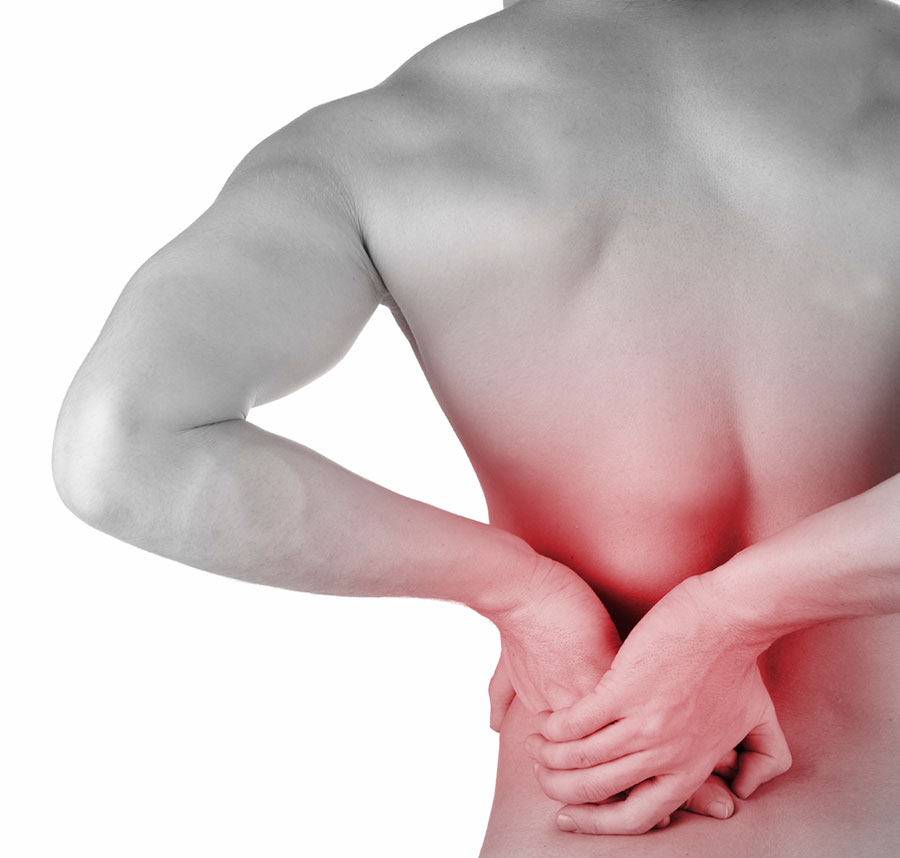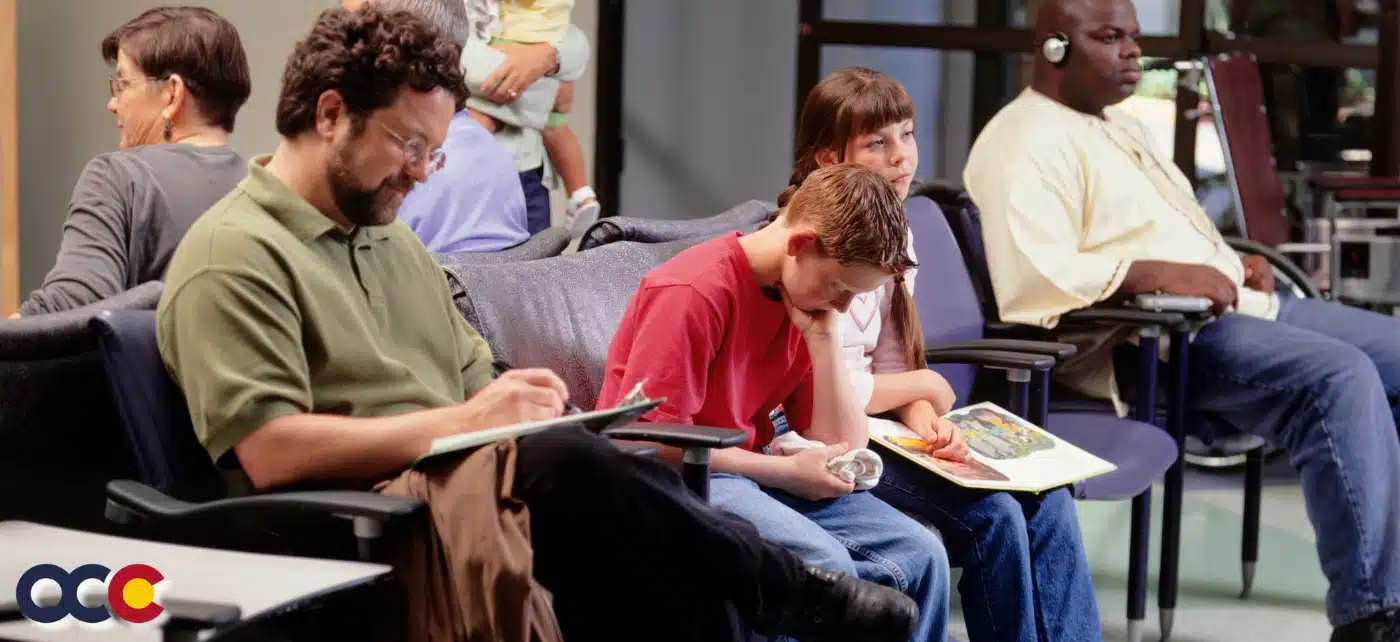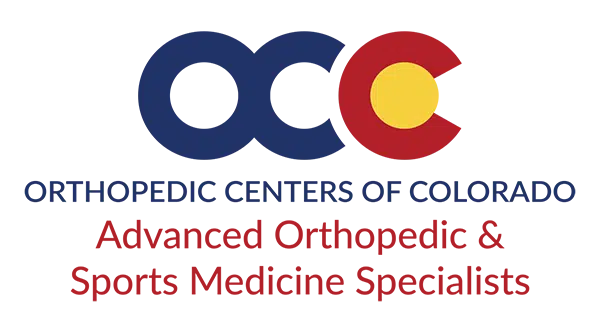[av_textblock size=” font_color=” color=”]
Signs & Symptoms | Causes | Diagnosis | Prevention | Physical Management | Medication | Surgery | Prognosis
[/av_textblock]
[av_textblock size=” font_color=” color=”]
Low back pain (LBP) is a common disorder involving the muscles, nerves, and bones of the back. Pain can vary from a dull constant ache to a sudden sharp feeling. Low back pain may be classified by duration as acute (pain lasting less than 6 weeks), sub-chronic (6 to 12 weeks), or chronic (more than 12 weeks). The condition may be further classified by the underlying cause as either mechanical, non-mechanical, or referred pain. The symptoms of low back pain usually improve within a few weeks from the time they start, with 40-90% of people completely better by six weeks.
In most episodes of low back pain, a specific underlying cause is not identified or even looked for, with the pain believed to be due to mechanical problems such as muscle or joint strain. If the pain does not go away with conservative treatment or if it is accompanied by “red flags” such as unexplained weight loss, fever, or significant problems with feeling or movement, further testing may be needed to look for a serious underlying problem. In most cases, imaging tools such as X-ray computed tomography are not useful and carry their own risks. Despite this, the use of imaging in low back pain has increased. Some low back pain is caused by damaged intervertebral discs, and the straight leg raise test is useful to identify this cause. In those with chronic pain, the pain processing system may malfunction, causing large amounts of pain in response to non-serious events.
The treatment of acute nonspecific low back pain of rapid onset is typically with simple pain medications and the continuation of as much normal activity as the pain allows. Medications are recommended for the duration that they are helpful, with paracetamol (also known as acetaminophen) as the preferred first medication. A number of other options are available for those who do not improve with usual treatment. Opioids may be useful if simple pain medications are not enough, but they are not generally recommended due to side effects. Surgery may be beneficial for those with disc-related chronic pain and disability or spinal stenosis. No clear benefit has been found for other cases of non-specific low back pain.
[/av_textblock]
[av_textblock size=” font_color=” color=”]
Signs and Symptoms
In the common presentation of acute low back pain, pain develops after movements that involve lifting, twisting, or forward-bending. The symptoms may start soon after the movements or upon waking up the following morning. The description of the symptoms may range from tenderness at a particular point to diffuse pain. It may or may not worsen with certain movements, such as raising a leg, or positions, such as sitting or standing. Pain radiating down the legs (known as sciatica) may be present.
Other problems may occur along with low back pain. Chronic low back pain is associated with sleep problems, including a greater amount of time needed to fall asleep, disturbances during sleep, a shorter duration of sleep, and less satisfaction with sleep. In addition, a majority of those with chronic low back pain show symptoms of depression or anxiety.
[/av_textblock]
[av_textblock size=” font_color=” color=”]
Causes
Low back pain is not a specific disease but rather a complaint that may be caused by a large number of underlying problems of varying levels of seriousness. The majority of LBP does not have a clear cause but is believed to be the result of non-serious muscle or skeletal issues such as sprains or strains. Obesity, smoking, weight gain during pregnancy, stress, poor physical condition, poor posture and poor sleeping position may also contribute to low back pain. A full list of possible causes includes many less common conditions. Physical causes may include osteoarthritis, degeneration of the discs between the vertebrae or a spinal disc herniation, broken vertebra(e) (such as from osteoporosis) or, rarely, an infection or tumor of the spine.
Women may have acute low back pain from medical conditions affecting the female reproductive system, including endometriosis, ovarian cysts, ovarian cancer, or uterine fibroids. Nearly half of all pregnant women report pain in the lower back or sacral area during pregnancy, due to changes in their posture and center of gravity causing muscle and ligament strain.
Low back pain can be broadly classified into four main categories:
- Musculoskeletal – mechanical (including muscle strain, muscle spasm, or osteoarthritis); herniated nucleus pulposus, herniated disk; spinal stenosis; or compression fracture
- Inflammatory – HLA-B27 associated arthritis including ankylosing spondylitis, reactive arthritis, psoriatic arthritis, and inflammatory bowel disease
- Malignancy – bone metastasis from lung, breast, prostate, thyroid, among others
- Infectious – osteomyelitis; abscess
[/av_textblock]
[av_textblock size=” font_color=” color=”]
Diagnosis
X-ray images (normally during weightbearing) can be obtained to rule out other conditions or to see if the patient also has osteoarthritis. The menisci themselves cannot be visualised with plain radiographs. If the diagnosis is not clear from the history and examination, the menisci can be imaged with magnetic resonance imaging (an MRI scan).
[/av_textblock]
[av_textblock size=” font_color=” color=”]
Prevention
Exercise appears to be useful for preventing low back pain. Exercise is also probably effective in preventing recurrences in those with pain that has lasted more than six weeks. Medium-firm mattresses are more beneficial for chronic pain than firm mattresses. There is little to no evidence that back belts are any more helpful in preventing low back pain than education about proper lifting techniques. Shoe insoles do not help prevent low back pain.
[/av_textblock]
[av_textblock size=” font_color=” color=”]
Physical Management
Increasing general physical activity has been recommended, but no clear relationship to pain or disability has been found when used for the treatment of an acute episode of pain. For acute pain, low- to moderate-quality evidence supports walking. Treatment according to McKenzie method is somewhat effective for recurrent acute low back pain, but its benefit in the short term does not appear significant. There is tentative evidence to support the use of heat therapy for acute and sub-chronic low back pain but little evidence for the use of either heat or cold therapy in chronic pain. Weak evidence suggests that back belts might decrease the number of missed workdays, but there is nothing to suggest that they will help with the pain. Ultrasound and shock wave therapies do not appear effective and therefore are not recommended.
Exercise therapy is effective in decreasing pain and improving function for those with chronic low back pain. It also appears to reduce recurrence rates for as long as six months after the completion of program and improves long-term function. There is no evidence that one particular type of exercise therapy is more effective than another. The Alexander technique appears useful for chronic back pain, and there is tentative evidence to support the use of yoga. Transcutaneous electrical nerve stimulation (TENS) has not been found to be effective in chronic low back pain. Evidence for the use of shoe insoles as a treatment is inconclusive. Peripheral nerve stimulation, a minimally-invasive procedure, may be useful in cases of chronic low back pain that do not respond to other measures, although the evidence supporting it is not conclusive, and it is not effective for pain that radiates into the leg.
[/av_textblock]
[av_textblock size=” font_color=” color=”]
Medications
The management of low back pain often includes medications for the duration that they are beneficial. With the first episode of low back pain the hope is a complete cure; however, if the problem becomes chronic, the goals may change to pain management and the recovery of as much function as possible. As pain medications are only somewhat effective, expectations regarding their benefit may differ from reality, and this can lead to decreased satisfaction.
The medication typically recommended first is acetaminophen (paracetamol) or NSAIDs (though not aspirin), and these are enough for most people. Standard doses of acetaminophen are very safe; however, high doses may cause liver problems, and very high doses can be fatal. High-quality reviews have found acetaminophen (paracetamol) to be no more effective than placebo at improving pain, quality of life, or function. NSAIDs are more effective for acute episodes than acetaminophen; however, they carry a greater risk of side effects including: kidney failure, stomach ulcers and possibly heart problems. Thus, NSAIDs are a second choice to acetaminophen, recommended only when the pain is not handled by the latter. NSAIDs are available in several different classes; there is no evidence to support the use of COX-2 inhibitors over any other class of NSAIDs with respect to benefits. With respect to safety naproxen may be best. Muscle relaxants may be beneficial.
If the pain is still not managed adequately, short term use of opioids such as morphine may be useful. These medications carry a risk of addiction, may have negative interactions with other drugs, and have a greater risk of side effects, including dizziness, nausea, and constipation. Opioids may be suitable for short-term management of severe, acute pain that is causing significant problems. Specialist groups advise against general long-term use of opioids for chronic low back pain.
For older people with chronic pain, opioids may be used in those for whom NSAIDs present too great a risk, including those with diabetes, stomach or heart problems. They may also be useful for a select group of people with neuropathic pain.
Antidepressants may be effective for treating chronic pain associated with symptoms of depression, but they have a risk of side effects. Although the antiseizure drugs gabapentin and carbamazepine are sometimes used for chronic low back pain and may relieve sciatic pain, there is insufficient evidence to support their use. Systemic oral steroids have not been shown to be useful in low back pain. Facet joint injections and steroid injections into the discs have not been found to be effective in those with persistent, non-radiating pain; however, they may be considered for those with persistent sciatic pain. Epidural corticosteroid injections provide a slight and questionable short-term improvement in those with sciatica but are of no long term benefit. There are also concerns of potential side effects.
[/av_textblock]
[av_textblock size=” font_color=” color=”]
Surgery
Surgery may be useful in those with a herniated disc that is causing significant pain radiating into the leg, significant leg weakness, bladder problems, or loss of bowel control. It may also be useful in those with spinal stenosis. In the absence of these issues, there is no clear evidence of a benefit from surgery.
Discectomy (the partial removal of a disc that is causing leg pain) can provide pain relief sooner than nonsurgical treatments. Discectomy has better outcomes at one year but not at four to ten years. The less invasive microdiscectomy has not been shown to result in a different outcome than regular discectomy. For most other conditions, there is not enough evidence to provide recommendations for surgical options. The long-term effect surgery has on degenerative disc disease is not clear. Less invasive surgical options have improved recovery times, but evidence regarding effectiveness is insufficient.
For those with pain localized to the lower back due to disc degeneration, fair evidence supports spinal fusion as equal to intensive physical therapy and slightly better than low-intensity nonsurgical measures. Fusion may be considered for those with low back pain from acquired displaced vertebra that does not improve with conservative treatment, although only a few of those who have spinal fusion experience good results. There are a number of different surgical procedures to achieve fusion, with no clear evidence of one being better than the others. Adding spinal implant devices during fusion increases the risks but provides no added improvement in pain or function.
[/av_textblock]
[av_textblock size=” font_color=” color=”]
Prognosis
Overall, the outcome for acute low back pain is positive. Pain and disability usually improve a great deal in the first six weeks, with complete recovery reported by 40 to 90%. In those who still have symptoms after six weeks, improvement is generally slower with only small gains up to one year. At one year, pain and disability levels are low to minimal in most people. Distress, previous low back pain, and job satisfaction are predictors of long-term outcome after an episode of acute pain. Certain psychological problems such as depression, or unhappiness due to loss of employment may prolong the episode of low back pain. Following a first episode of back pain, recurrences occur in more than half of people.
For persistent low back pain, the short-term outcome is also positive, with improvement in the first six weeks but very little improvement after that. At one year, those with chronic low back pain usually continue to have moderate pain and disability. People at higher risk of long-term disability include those with poor coping skills or with fear of activity (2.5 times more likely to have poor outcomes at one year), those with a poor ability to cope with pain, functional impairments, poor general health, or a significant psychiatric or psychological component to the pain (Waddell’s signs).
[/av_textblock]
[av_one_full first first min_height=” vertical_alignment=’av-align-top’ space=” margin=’0px’ margin_sync=’true’ padding=’20px’ padding_sync=’true’ border=” border_color=” radius=’0px’ radius_sync=’true’ background_color=’#e0e0e0′ src=” attachment=” attachment_size=” background_position=’top left’ background_repeat=’no-repeat’ animation=”]
[av_textblock size=” font_color=” color=”]
Source
Content provided by Wikipedia
Text is available under the Creative Commons Attribution-ShareAlike License
[/av_textblock]
[/av_one_full][av_social_share title=’Share this entry’ style=” buttons=” share_facebook=” share_twitter=” share_pinterest=” share_gplus=” share_reddit=” share_linkedin=” share_tumblr=” share_vk=” share_mail=”][/av_social_share]







